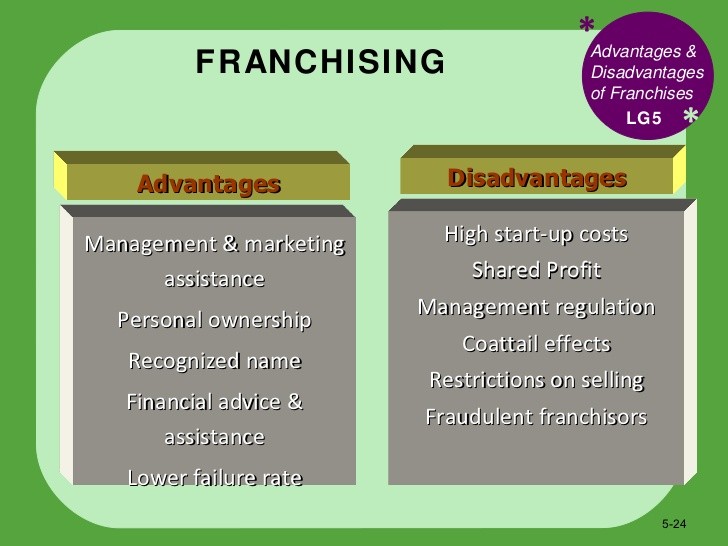Advantages and Disadvantages of an Employee Stock Ownership Plan Financial Web
Post on: 30 Сентябрь, 2015 No Comment

An employee stock ownership plan. often referred to as an ESOP, offers both pros and cons to the companies that have them, the business owners who sell to the ESOP and the employees that participate in them. The following information will explain what an employee stock ownership plan is and then examine the advantages and disadvantages from each of the perspectives named above.
ESOP Defined
Many companies create a trust that holds shares, often a significant percentage of company stock, for the benefit of employees that participate in the trust. Shares in the employee stock ownership plan are divided among existing employees by a predetermined formula, with more shares often awarded each year to employees on the anniversary of their employment or given as a bonus.
Pros and Cons for the Employee
The employee stock ownership plan is an asset for the employee in which the employee receives company stock without cost. It is a tax-deferred benefit as well, that is, the employee owning shares in the ESOP does not pay taxes on the gains until cashing out the stock. The shares can be rolled over into a new tax-deferred investment should the employee leave the company and not wish to cash out.
Among the disadvantages are issues of diversification and control. The board of the ESOP controls the shares and speaks for the participating employees. Additionally, if a company performs poorly and an employee has the majority of his or her retirement savings in the ESOP, then the value of the employees retirement account is negatively affected.
Advantages and Disadvantages for the Firm
A company owned by an ESOP, in whole or in part, has a significant advantage in terms of control. All or a large block of the companys stock is very unlikely to be voted on against the wishes of management. It should be noted the ESOP trustees must first act for the benefit of the plan members, not company management.
When owned in whole or in part by an ESOP, a company also gets workers on the same side of the table as company management. More than just offering a job, the company and employees are literally partners in the companys success. It can have the benefit of making employee relations better. Plus, studies have shown that ESOP-owned companies outperform non-ESOP companies in terms of stock appreciation.
Among disadvantages to the company are negative affects on cash flow from the cost of establishing the employee stock ownership plan and the requirement to buy back the stock of departing employees.
Advantages and Disadvantages for the Business Owner
When the owner of a company sells the firm to an ESOP, there are significant benefits, including an immediate large payment and a variety of tax advantages. As a disadvantage, many ESOPs are established with the business owner, in effect, financing the sale by accepting a payout for company equity over time. This limits the liquidity of owning a company and exposes the selling owner to risk based on company performance when the owner may no longer be with the company.
$7 Online Trading. Fast executions. Only at Scottrade














